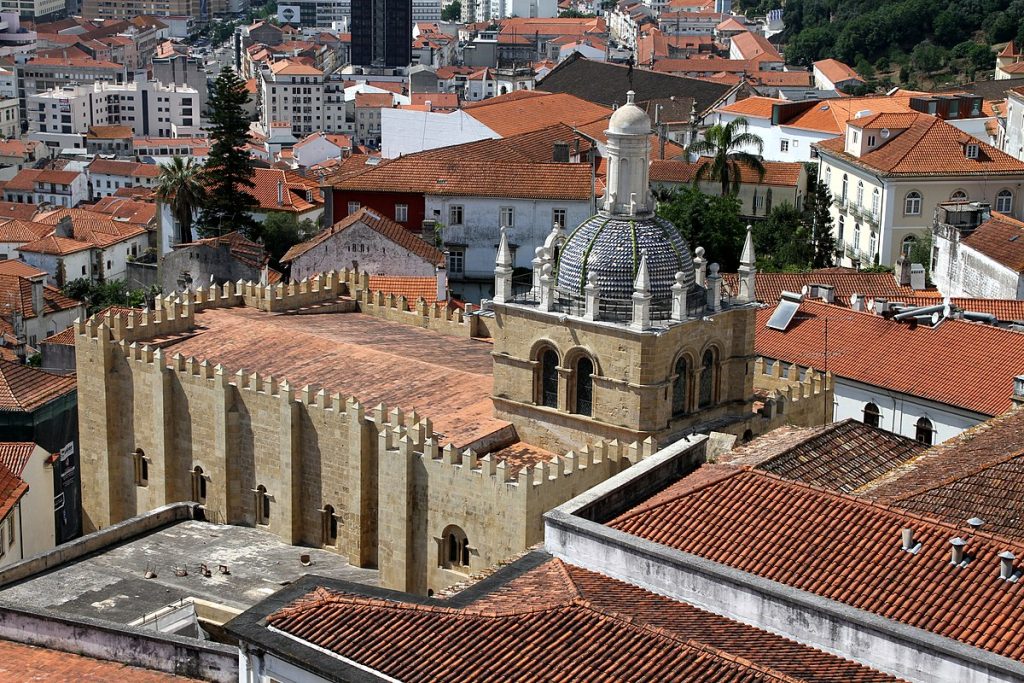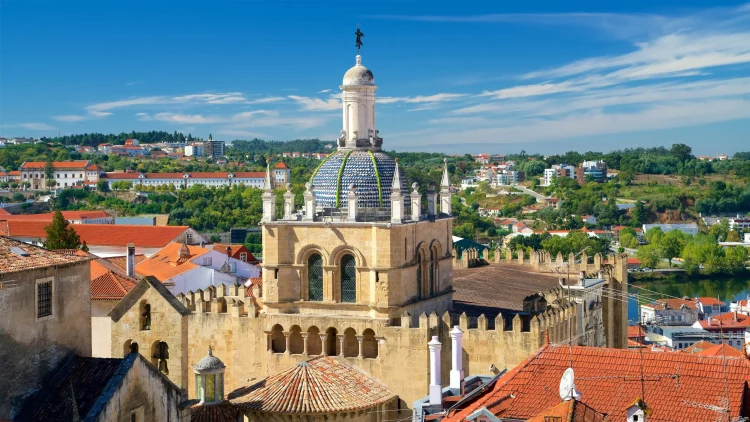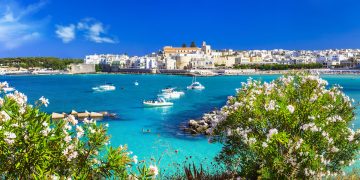Introduction
Coimbra, historically known for housing one of Europe’s oldest universities, is transitioning from a city dominated by academia into a vibrant cultural destination. This transformation is being fueled by an increasing influx of tourists, a burgeoning cultural scene, and a newfound appreciation for the city’s rich history, architecture, and local traditions. As the city’s university slowly steps back from its traditional academic role, Coimbra is embracing its potential as a must-visit destination for travelers seeking both intellectual and cultural experiences.
Coimbra’s Historical Significance
Founded in 1290, the University of Coimbra is one of the oldest universities in Europe and the cornerstone of the city’s identity. For centuries, Coimbra was a center of intellectual activity, with students, professors, and academics shaping the city’s cultural landscape. The university’s UNESCO World Heritage status, along with the centuries-old Joanina Library, the Royal Palace of Alcáçova, and the historic botanical gardens, remains central to Coimbra’s charm. However, over the last few decades, the city’s cultural renaissance has begun to extend beyond academia.
The Growing Cultural Scene
Coimbra’s cultural landscape has evolved rapidly in recent years. Once a city predominantly known for its academic atmosphere, it is now flourishing with an increasingly vibrant arts scene. Museums, art galleries, music festivals, and street art projects have begun to give the city a youthful and eclectic energy, attracting not just students but also tourists keen to explore a blend of tradition and modernity.
One of the most notable additions to the city’s cultural fabric is the Coimbra Music Festival, which celebrates the city’s rich musical heritage, particularly Fado de Coimbra, a variant of Fado music unique to the city. This music genre, which embodies both melancholy and pride, has played a significant role in shaping the city’s emotional and cultural identity. The festival has quickly become one of the key events for both locals and international visitors.
Another important development is the revitalization of the Convento de São Francisco, a former convent turned modern cultural space. This venue hosts a variety of events, including contemporary art exhibitions, theater performances, and international conferences, solidifying Coimbra as a center for creative and intellectual exchange.
Tourism: The Rise of a New Travel Destination
Tourism in Coimbra has steadily risen as travelers increasingly seek destinations that offer both cultural depth and an authentic atmosphere. While cities like Lisbon and Porto continue to dominate as Portugal’s primary tourist destinations, Coimbra is carving out a niche as a quieter, more intimate alternative.
The city’s unique combination of historic landmarks and emerging cultural vibrancy make it an attractive option for tourists. Beyond the university and its iconic library, Coimbra offers a range of experiences, from the medieval streets of the Alta (the city’s old town) to the tranquil banks of the Mondego River. The Botanical Garden and the Santa Clara-a-Velha Monastery offer peaceful retreats within the city’s confines, while the nearby natural parks and hiking trails allow visitors to explore the surrounding landscape.
Moreover, the city’s increasing accessibility has made it easier for travelers to visit. Coimbra’s central location in Portugal means that it is within easy reach of both Lisbon and Porto, with direct train services connecting the city to major Portuguese hubs. This connectivity has brought an influx of domestic and international visitors, eager to explore a lesser-known yet captivating part of Portugal.
A Shift in the University’s Role
While the University of Coimbra remains a major part of the city’s identity, it is no longer the city’s sole focus. Over time, the student population has become more diverse, with an increasing number of international students contributing to the cultural melting pot that Coimbra is becoming. At the same time, the university has made efforts to expand its cultural outreach, with art exhibitions, public lectures, and community events now being regular features of campus life.
Additionally, Coimbra is now increasingly seen as a creative hub where intellectual exchange meets artistic expression. In recent years, the city has seen the establishment of co-working spaces, creative industries, and collaborative projects, further diversifying its cultural offerings and solidifying its reputation as a city that nurtures creativity and innovation.

Challenges of Transformation
Despite the city’s rapid cultural growth, Coimbra’s transformation into a cultural tourism hotspot is not without its challenges. One of the main concerns is preserving the city’s historical heritage while encouraging modern development. Coimbra’s charm lies in its mix of old and new, but maintaining this balance will require careful planning and sustainable development. As tourism grows, there is a risk that commercialization could overshadow the city’s authentic charm, and that the very elements that make Coimbra unique could be diluted.
Another challenge is ensuring that local communities benefit from the tourism boom. While tourism can bring much-needed economic growth, it is essential that the city’s residents, especially those in the historic districts, are not displaced or negatively impacted by rising costs and gentrification.
The Future of Coimbra as a Cultural Travel Destination
Looking ahead, Coimbra’s future as a cultural hotspot appears promising. The city’s combination of historical importance, intellectual vitality, and artistic vibrancy makes it an exciting option for travelers seeking an alternative to the more traditional Portuguese cities.
The ongoing investment in cultural infrastructure, such as the Coimbra Cultural Centre and the Museu Nacional de Machado de Castro, signals the city’s commitment to further establishing itself as a center for culture and creativity. Additionally, the city’s UNESCO World Heritage status will continue to attract tourists interested in exploring its historic sites.
However, for Coimbra to fully realize its potential, it will need to continue balancing tourism with preservation. It will require strategic planning to ensure that development benefits both locals and visitors, and that the city’s unique identity is not lost in the face of growing popularity.
Conclusion
Coimbra’s transformation from a university town into a cultural travel destination is a testament to the city’s ability to adapt and evolve. With its rich history, thriving arts scene, and growing international appeal, Coimbra is well on its way to becoming one of Portugal’s top cultural destinations. While there are challenges ahead, the city’s commitment to preserving its heritage and embracing creativity suggests that it will continue to captivate the imaginations of travelers for years to come.
As Coimbra shifts into this new role, it stands as a prime example of how cities can reinvent themselves without losing their essence. For those looking to explore Portugal beyond the typical tourist trail, Coimbra offers a perfect blend of culture, history, and modernity—a place where the past and present come together to create something truly unique.





















